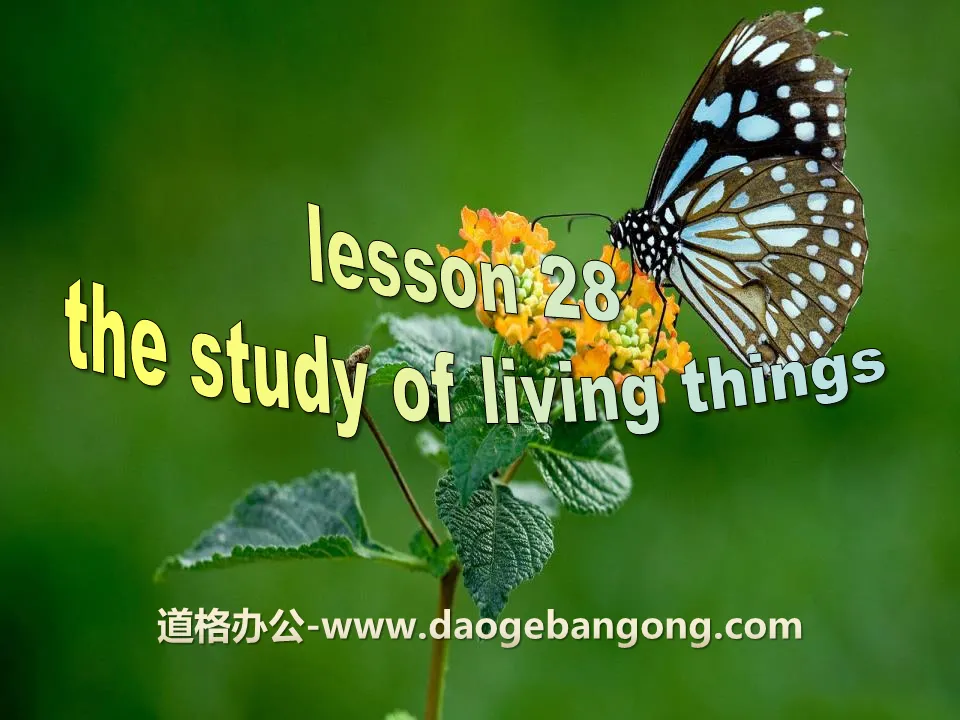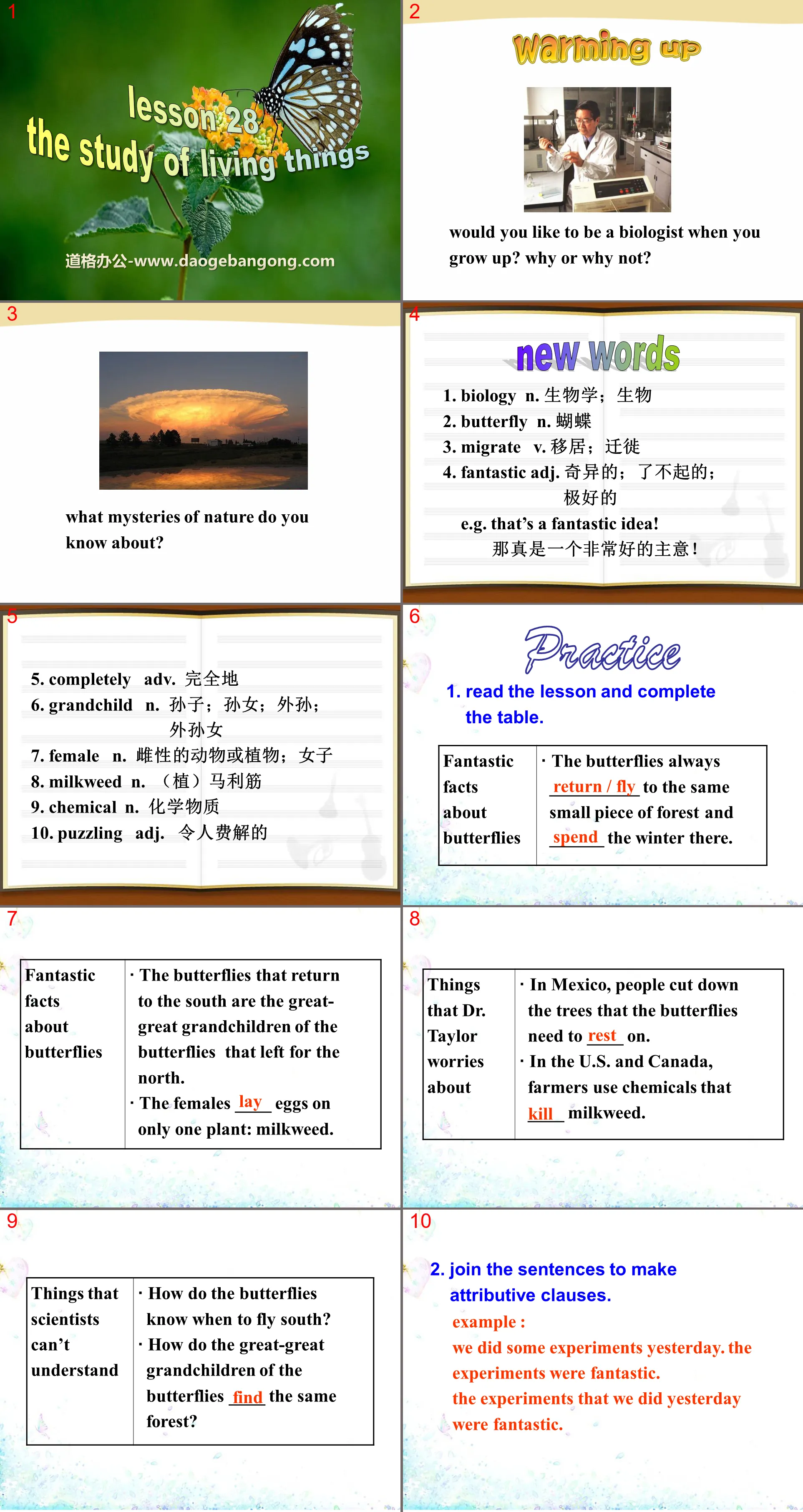Hebei Education Edition Ninth Grade English Volume 1
Hebei Education Edition Seventh Grade English Volume 2
Hebei Education Edition Eighth Grade English Volume 2
Foreign Language Research Edition Seventh Grade English Volume 1
Hebei Education Edition Eighth Grade English Volume 1
Shanghai Education Edition Third Grade English Volume 1
Hebei Education Edition 8th Grade English Volume 1
Oxford Translation English for Grade 9 Volume 1
People's Education Press Eighth Grade English Volume 1
Hebei Education Edition Fourth Grade English Volume 1
Foreign Language Research Edition Eighth Grade English Volume 2
Foreign Language Research Edition Fourth Grade English Volume 1
Hebei Education Edition Seventh Grade English Volume 1
People's Education Press Ninth Grade English Volume 1
High School English Compulsory Course 1, Foreign Language Research Edition
Oxford Translation English for Grade 6 Volume 2

| Category | Format | Size |
|---|---|---|
| Hebei Education Edition Ninth Grade English Volume 1 | pptx | 6 MB |
Description
"The Study of Living Things" Look into Science! PPT free download
Part 1: Warming up
Would you like to be a biologist when you grow up? Why or why not?
What mysteries of nature do you know about?
New words
1. biology n. biology; biology
2. butterfly n. butterfly
3. migrate v. migrate; migrate
4. fantastic adj. strange; remarkable; excellent
e.g. That’s a fantastic idea!
That's a really good idea!
5. completely adv. completely
6. grandchild n. grandson; granddaughter; grandson; granddaughter
7. female n. Female animal or plant; woman
8. milkweed n. (plant) milkweed
9. chemical n. chemical substance
10. puzzling adj. puzzling
The Study of Living ThingsPPT, Part 2: Practice
1. Read the lesson and complete the table.
Fantastic facts about butterflies
The butterflies always __________ to the same small piece of forest and ______ the winter there.
The butterflies that return to the south are the great-great grandchildren of the butterflies that left for the north.
The females ____ eggs on only one plant: milkweed.
Things that Dr. Taylor worries about
In Mexico, people cut down the trees that the butterflies need to ____ on.
In the U.S. and Canada, farmers use chemicals that ____ milkweed.
2. Join the sentences to make attributive clauses.
Example:
We did some experiments yesterday. The experiments were fantastic.
The experiments that we did yesterday were fantastic.
The Study of Living ThingsPPT, Part 3: Language Points
1. Fantastic facts about the butterfly
have been drawing Dr. Taylor’s attention.
This mesmerizing butterfly has long attracted Dr. Taylor's attention.
have been doing is the present perfect continuous tense, "have been doing something", which means that an action or state that started at some time in the past has continued to the present and is still in progress. It often expresses the continuity, repetition and emotional color of actions.
e.g. Mr. Smith has been living in London since 1995.
Mr Smith has lived in London since 1995. (continuity)
Have you been meeting her recently?
Have you seen her often lately? (Repeatability)
Who’s been eating my apples?
Who ate my apple? (emotional color)
draw one’s attention “attract someone’s attention”.
e.g. He tries to draw our attention to the painting.
He tries to draw our attention to the painting.
2. Here, as many as 230 million butterflies spend the winter.
Here, as many as 230 million butterflies spend the winter here.
as...as "the same as..." means comparison of the same level. The basic structure is as+ adj. / adv. + as.
e.g. English words can be as short as one letter.
English words can be as short as one letter.
This film is as interesting as that one.
This movie is just as funny as that movie.
Your pen writes as smoothly as time.
Your pen writes as smoothly as mine.
The Study of Living ThingsPPT, Part 4: Grammar
present perfect continuous tense
The present perfect continuous indicates that an action started at a certain time in the past and continues until now. The present perfect continuous tense is sometimes used to express frequent and repeated actions.
(1) Structure: have / has + been + V-ing
(2) Use with the time adverbials introduced by since or for; since is followed by the time when the action starts, and for is followed by a period of time; when asking questions about the time adverbials introduced by since or for, use how long.
(3) The negative form is formed by adding not after have / has, which can be abbreviated as haven’t / hasn’t.
(4) The general form of a question is to put have / has before the subject; for a positive answer, use “Yes, subject + have / has.”, and for a negative answer, use “No, subject + haven’t / hasn’t.”
e.g. a. -How long have you been drawing?
-I have been drawing for two hours.
b. -How long has Maria been playing the piano?
-She has been playing the piano since she was five years old.
c. They haven’t been working since last month.
d. -Has he been living here?
-Yes, he has. / No, he hasn’t.
attributive clause
Attributive clauses are clauses that play an attributive role in a compound sentence and modify nouns, pronouns or the entire main clause. The word modified by the attributive clause is called the antecedent. Relative words that introduce attributive clauses include relative pronouns (that, which, who, whom, whose, etc.) and relative adverbs (where, when, why).
The role of relative words in attributive clauses:
①Connect the main clause and the attributive clause;
② Refers to the antecedent;
③ Act as a certain component in the attributive clause.
(1) Relative pronouns that and which
In attributive clauses, the relative pronoun that can refer to both people and things, and which is generally used to refer to things.
When referring to things, the two are generally interchangeable, but which is often used as a guide in non-restrictive attributive clauses.
e.g. The old town has narrow streets and small houses that are built close to each other.
That evening, which I will tell you more about later, I ended up working very late.
(2) Relative pronouns who and whom
Who refers to people and is the nominative case. It serves as the subject in the attributive clause and can generally be replaced by that.
"Which" refers to a person, is an object in the attributive clause, and serves as the object in the attributive clause. In colloquial and informal writing, it can be replaced by who or that, or it can be omitted.
The Study of Living ThingsPPT, Part 5: Exercise
1. The place _____ interested me most was the Children’s Palace.
A. which B. where
C. what D. in which
2. Do you know the man _____?
A. whom I spoke B. to who spoke
C. I spoke to D. that I spoke
3. This is the hotel _____ last month.
A. which they stayed
B. at that they stayed
C. where they stayed at
D. where they stayed
4. Do you know the year ____ the Chinese Communist Party was founded?
A. which B. that
C. when D. on which
The Study of Living ThingsPPT, Part 6: Homework
Research and write a report about an animal or insect that you think is fantastic.
Include a drawing or image of the animal or insect.
Keywords: Hebei Education Edition ninth grade English PPT courseware free download, The Study of Living Things PPT download, Look into Science! PPT download, .PPT format;
For more information about the "look_into_sciencethe_study_of_living_things" PPT courseware, please click the look_into_sciencepptthe_study_of_living_thingsppt tag.
"Unit Topic Writing" Look into Science! PPT:
"Unit Topic Writing" Look into Science! PPT Part One: Topic Analysis The topic of this unit is talking about science. Through the study of this unit, students should be able to express in English the impact of technology on people's daily lives. When writing this topic a lot...
"Unit Grammar Focus" Look into Science! PPT:
"Unit Grammar Focus" Look into Science! PPT Part 1: Textbook Sentences 1.A blueprint is a drawing that shows how to put a house together with many different parts. A blueprint is a drawing that shows how to put a house together with many different parts.
"Unit Basic Knowledge Pass" Look into Science! PPT:
"Unit Basic Knowledge Pass" Look into Science! PPT Part One: Basic Knowledge List Key Words 1. method; approach ________ 2. Power; compulsion; compulsion ________ 3. Match; match; match ________ 4. certainly;..
File Info
Update Time: 2024-11-16
This template belongs to English courseware Hebei Education Edition Ninth Grade English Volume 1 industry PPT template
"The Study of Living Things" Look into Science! PPT free download Simple campus recruitment activity planning plan summary enterprise and institution recruitment publicity lecture PPT template is a general PPT template for business post competition provided by the manuscript PPT, simple campus recruitment activity planning plan summary enterprise and institution recruitment promotion Lecture PPT template, you can edit and modify the text and pictures in the source file by downloading the source file. If you want more exquisite business PPT templates, you can come to grid resource. Doug resource PPT, massive PPT template slide material download, we only make high-quality PPT templates!
Tips: If you open the template and feel that it is not suitable for all your needs, you can search for related content "The Study of Living Things" Look into Science! PPT free download is enough.
How to use the Windows system template
Directly decompress the file and use it with office or wps
How to use the Mac system template
Directly decompress the file and use it Office or wps can be used
Related reading
For more detailed PPT-related tutorials and font tutorials, you can view: Click to see
How to create a high-quality technological sense PPT? 4 ways to share the bottom of the box
Notice
Do not download in WeChat, Zhihu, QQ, built-in browsers, please use mobile browsers to download! If you are a mobile phone user, please download it on your computer!
1. The manuscript PPT is only for study and reference, please delete it 24 hours after downloading.
2. If the resource involves your legitimate rights and interests, delete it immediately.
3. Contact information: service@daogebangong.com
"The Study of Living Things" Look into Science! PPT free download, due to usage restrictions, it is only for personal study and reference use. For commercial use, please go to the relevant official website for authorization.
(Personal non-commercial use refers to the use of this font to complete the display of personal works, including but not limited to the design of personal papers, resumes, etc.)
Preview










